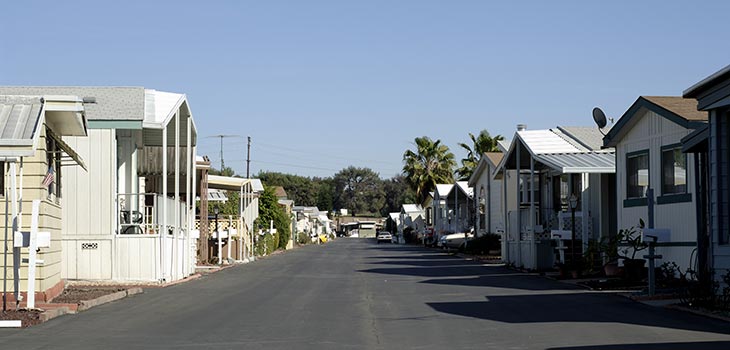11 Ways to Decide if Tiny House Living is for You

11) Consumption Level
In modern society, we generally go through large quantities of consumer items. If you live in a tiny house, the space available will limit what you can buy. You may not have room for all the food, entertainment, or other goods that you want. Resultantly, you will have a lower level of product consumption. For some people, this is a strong incentive towards tiny house living. Buying less drives you to waste less, so you will lessen your environmental footprint. Additionally, you may develop a deeper gratefulness for the consumables you do purchase. Reduction of consumption can also grant an appreciation for the distinction between needs and desires. If you live in a tiny house community, you will likely be among others with similar low-consumption values. Thus, if you want to make a statement about societal consumption, a tiny house is one way to do so.
